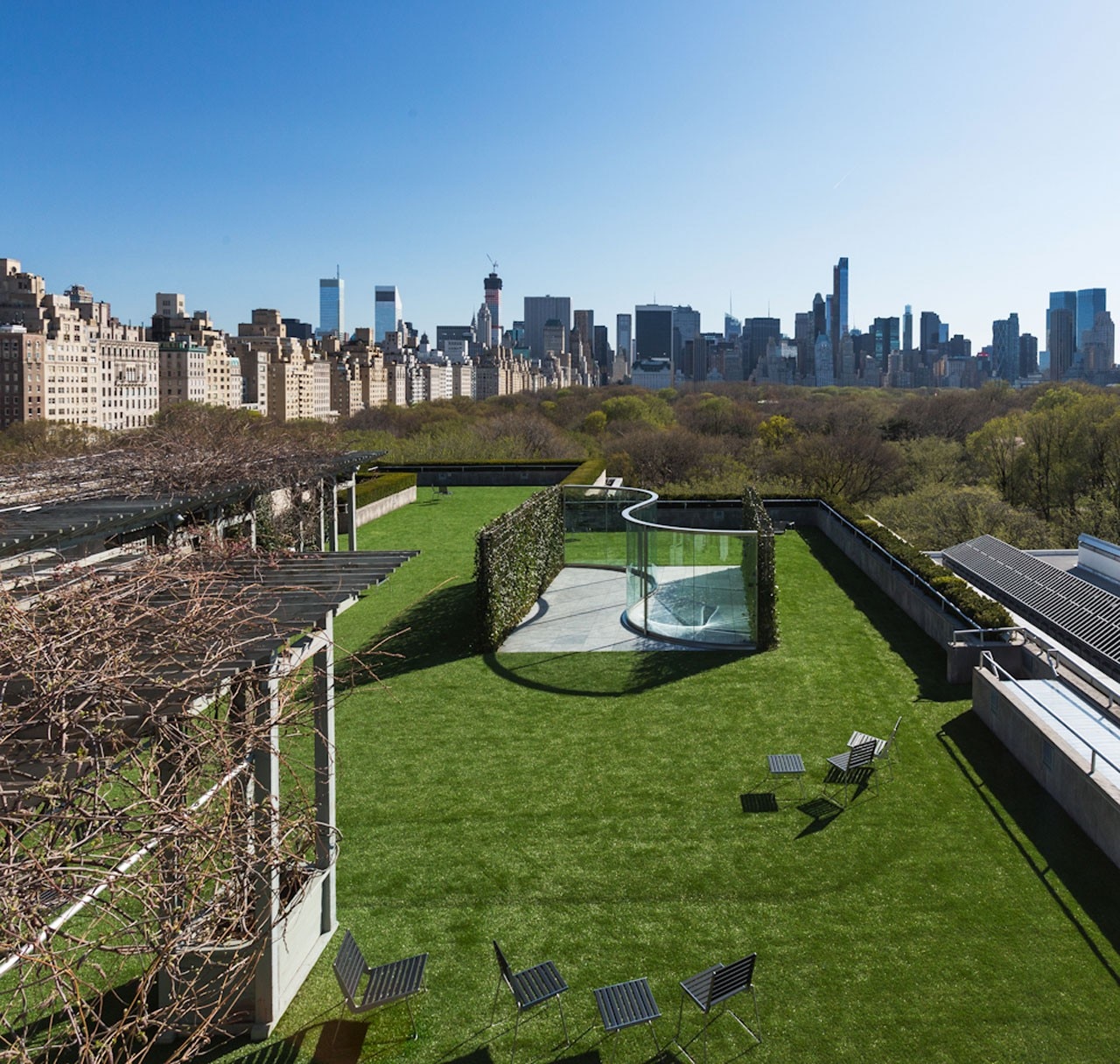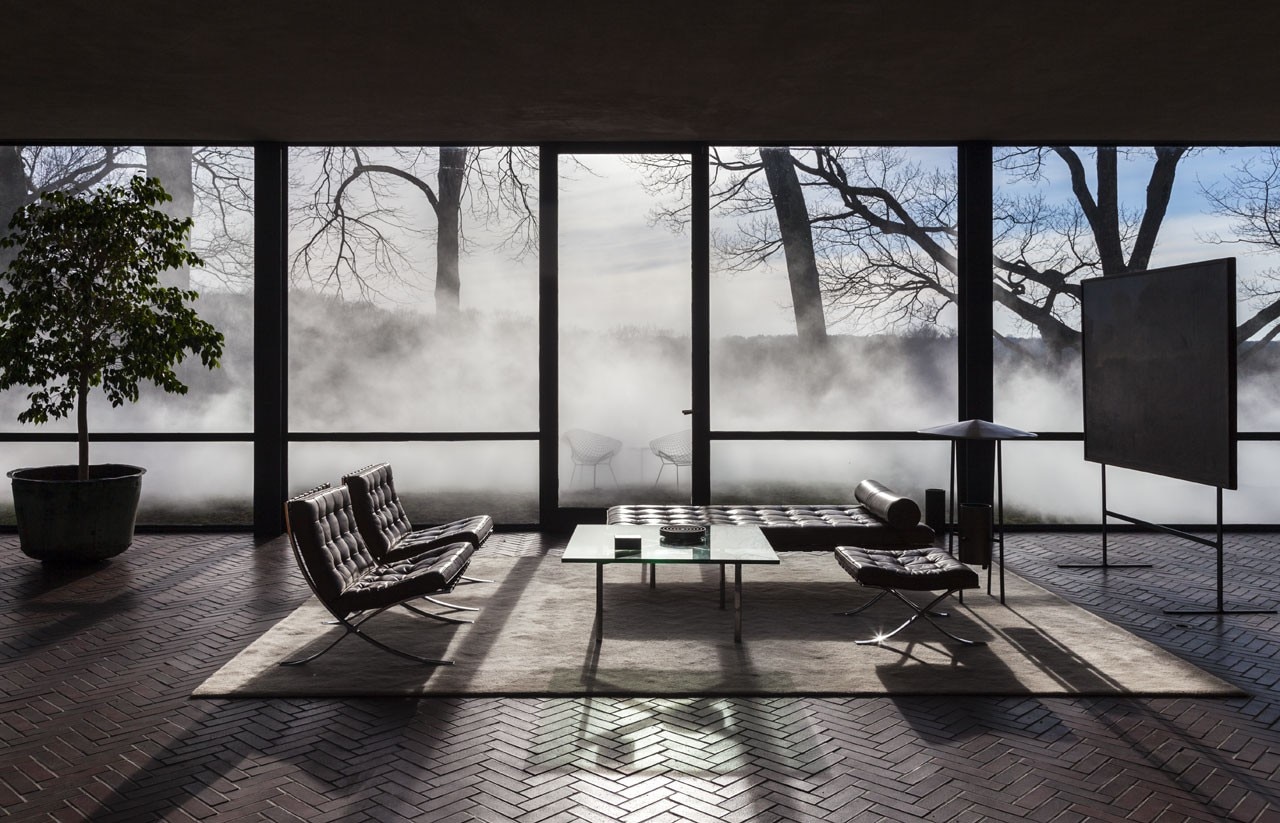
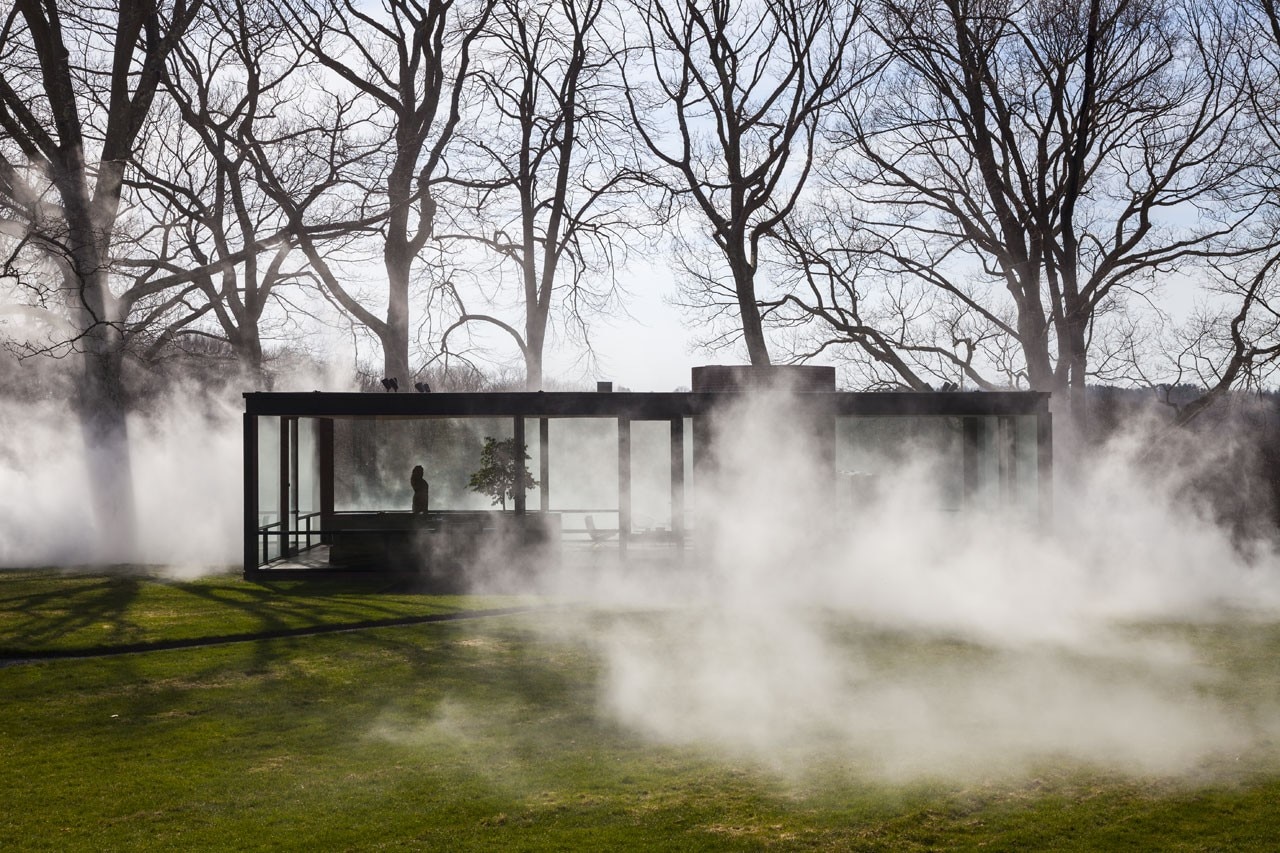
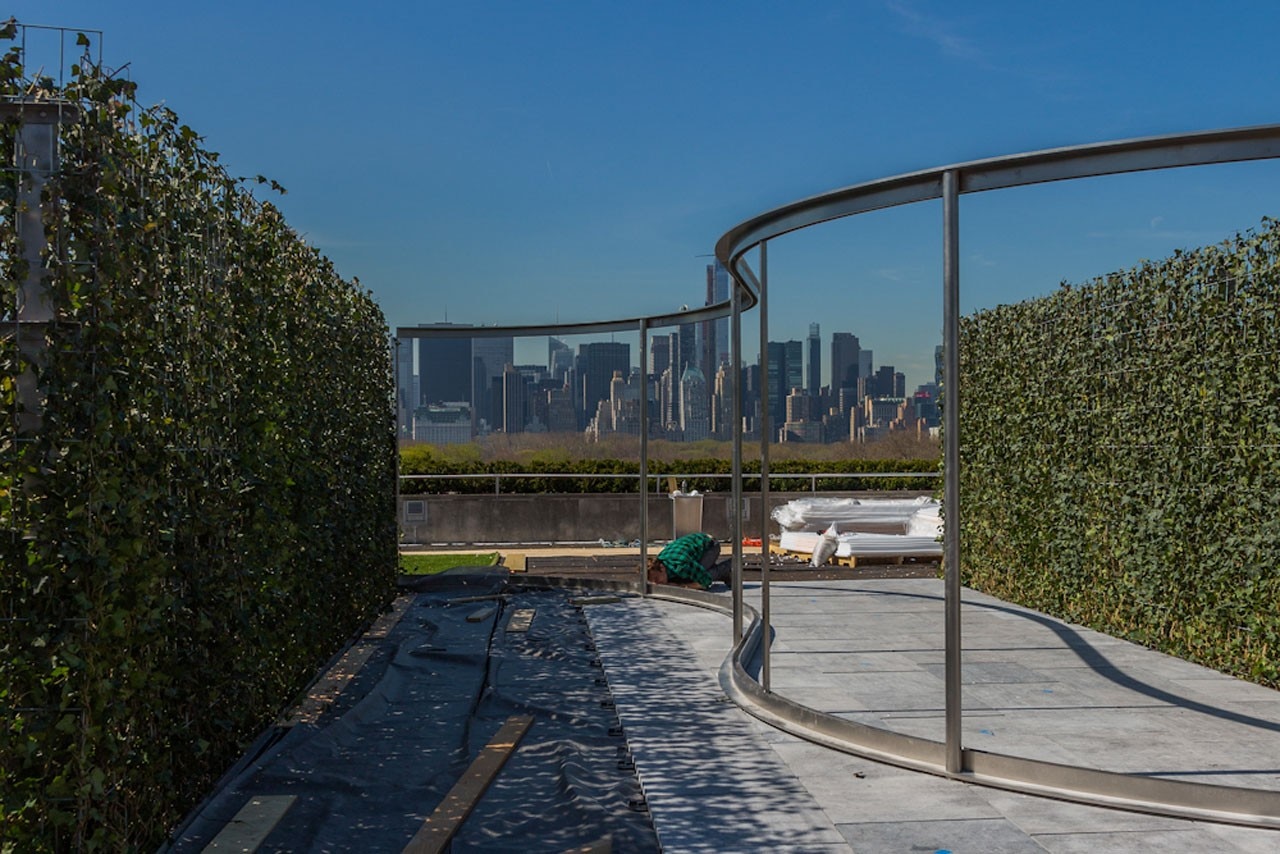
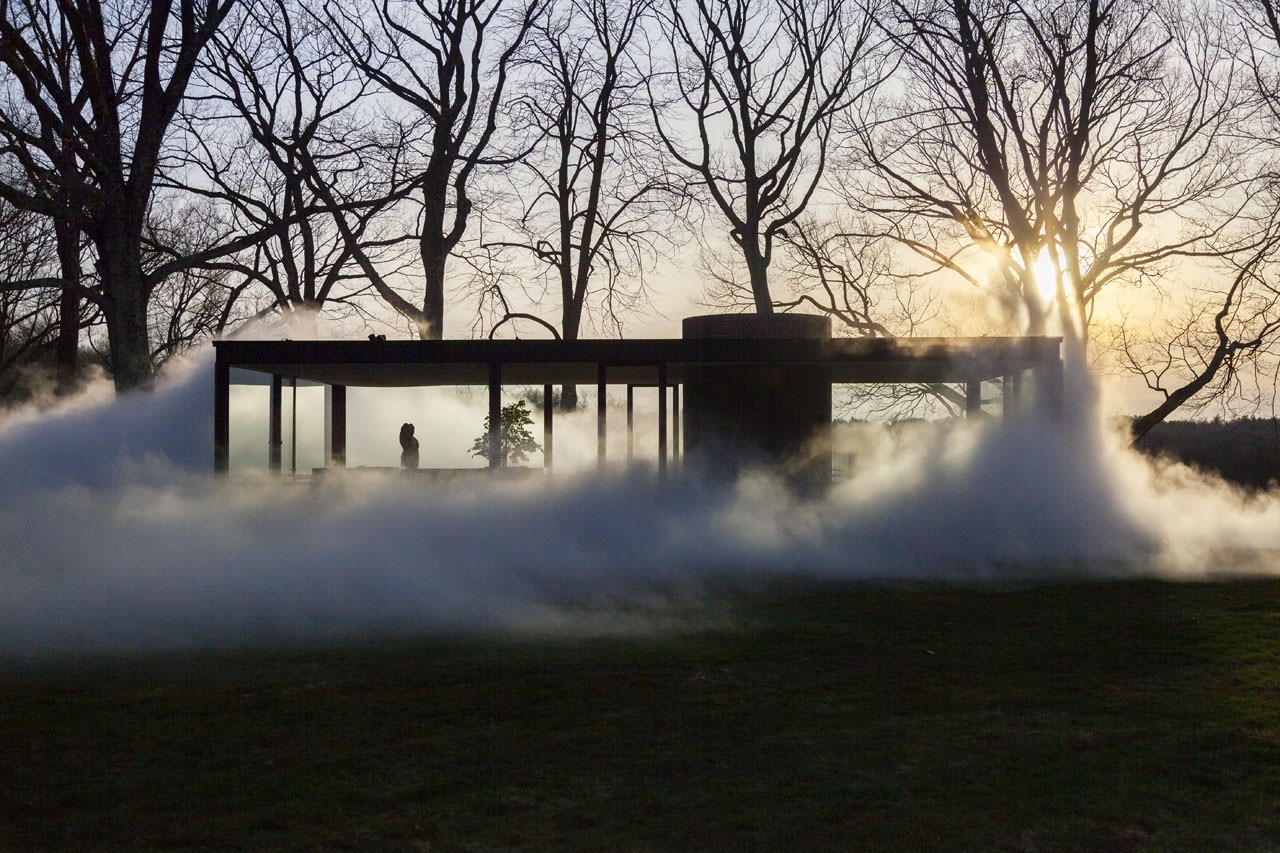
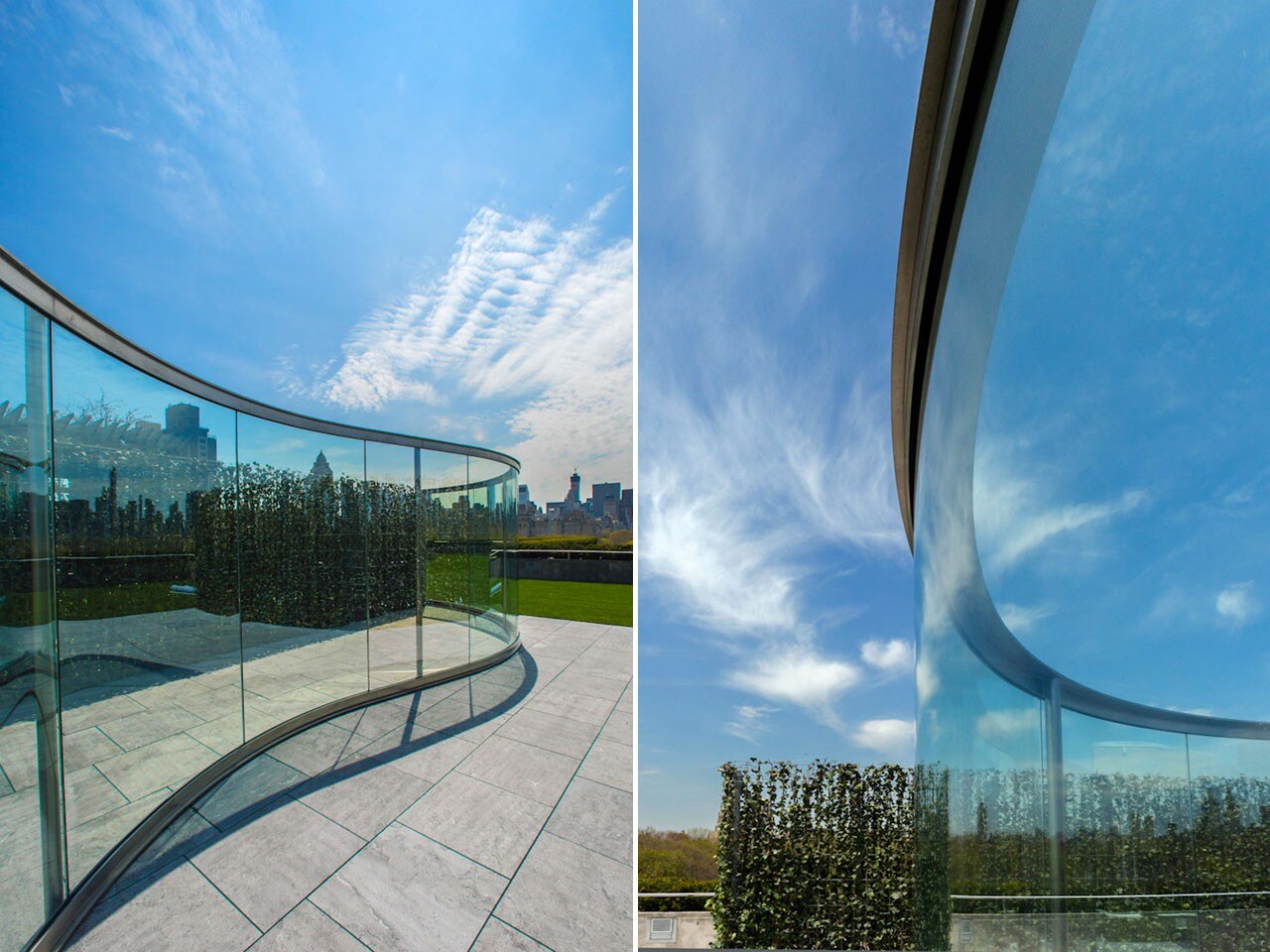
As a visit to the rooftop of New York’s Metropolitan Museum of Art reveals, collaborative, Johnson-infused Arcadias are in the East Coast air this summer. For the second in a series of Metropolitan Museum commissions that focus specifically on the Roof Garden site, renowned American artist Dan Graham has teamed up with Swiss landscape architect Günther Vogt to produce Hedge Two-Way Mirror Walkabout, a part pavilion, part funhouse sculpture, comprised of an S-shaped curve of mirrored glass, bookended by two parallel ivy hedgerows. The pavilion is anchored in kelly green Astroturf and framed by high box hedges that wind the perimeter of the roof.
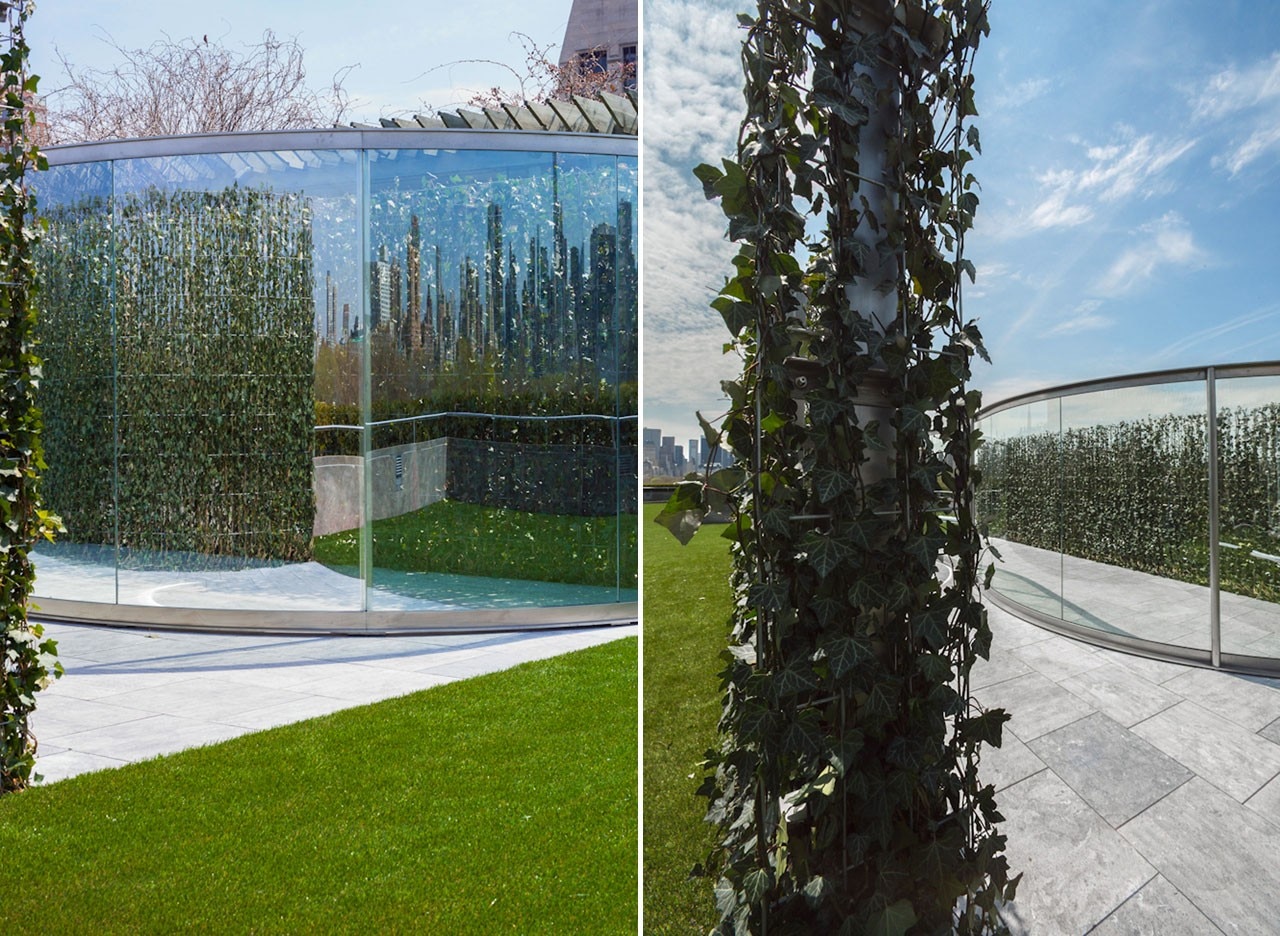
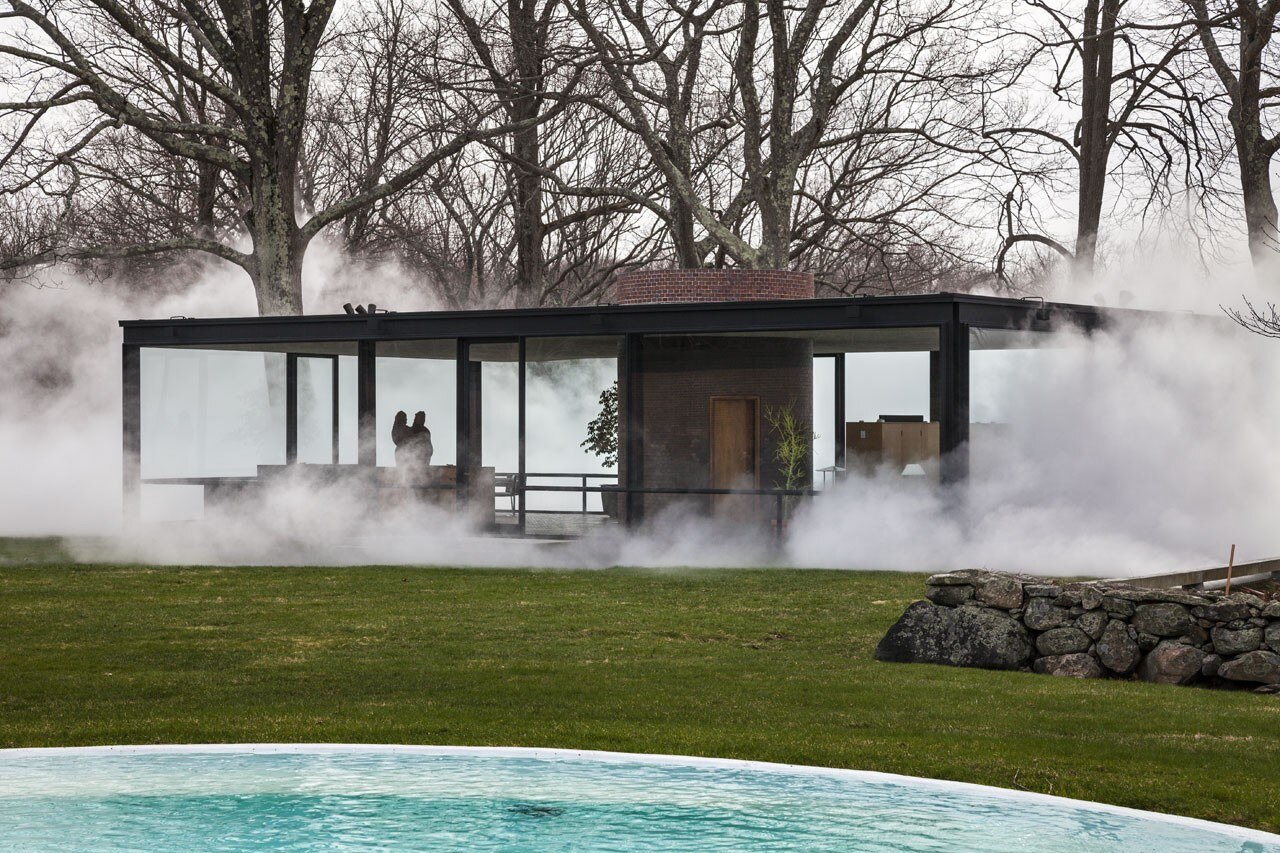
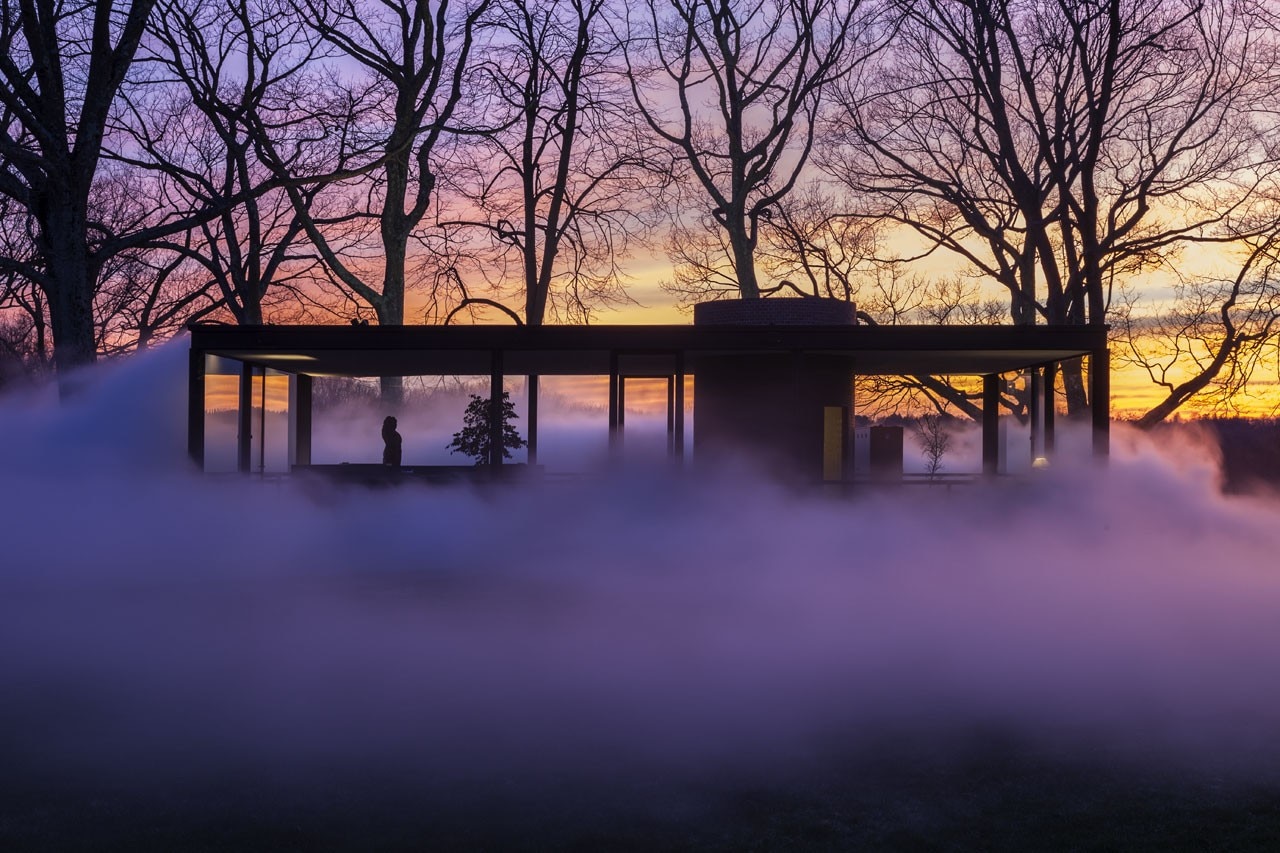
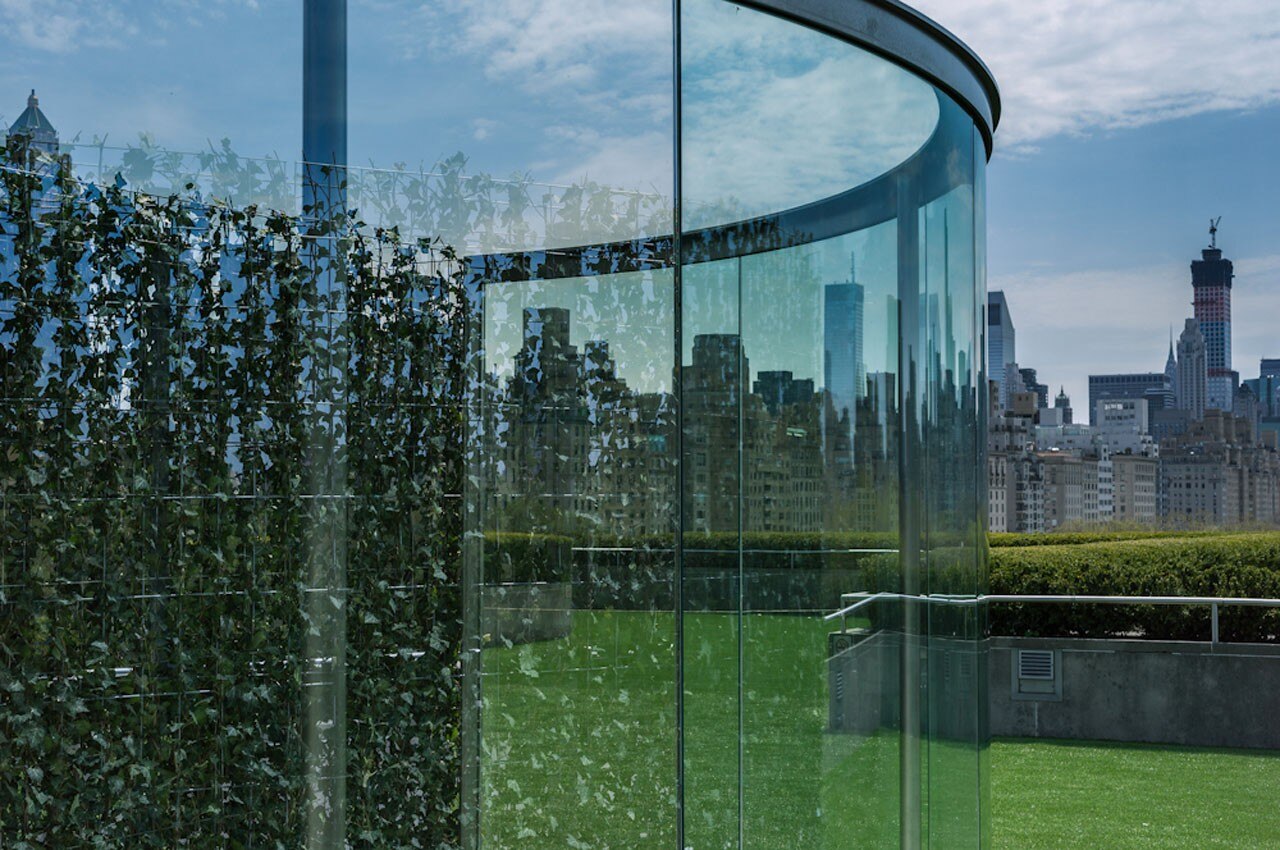
Until 2 November 2014
The Roof Garden Commission: Dan Graham with Günther Vogt
Metropolitan Museum, New York
Until 30 November 2014
Fujiko Nakaya, Veil
Glass House
199 Elm Street, New Canaan, CT


